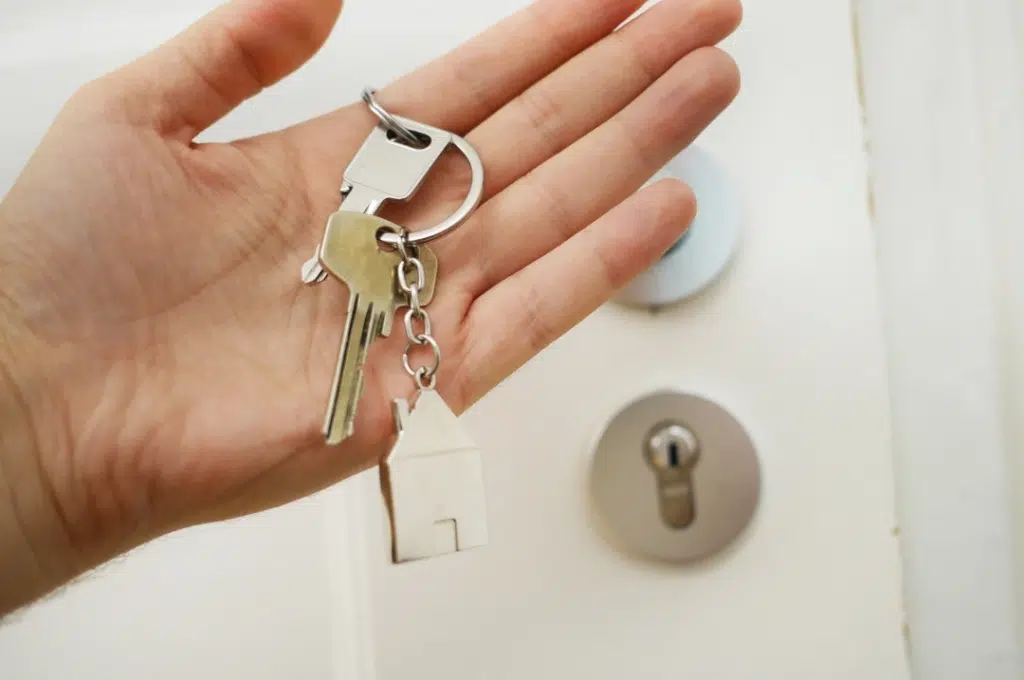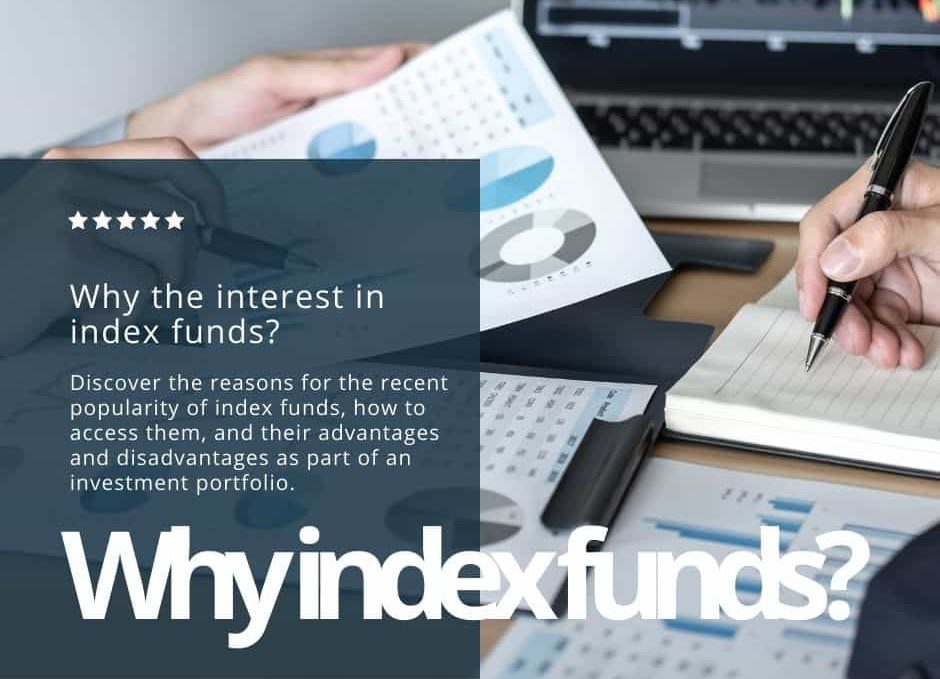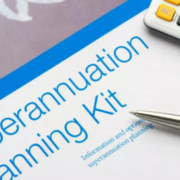Is buying property with an SMSF a good idea?
Table of Contents
ToggleWith the Australian property market being one of the most popular locations to invest in, more and more people are turning to Self Managed Super Funds (SMSFs) as a way to buy properties.
This blog post will discuss whether buying properties with an SMSF is actually a good idea or not – taking into account various considerations such as taxation, investment risks, advantages and disadvantages.
Ultimately this article aims to provide investors with greater understanding of what buying property through an SMSF entails so that they can make an informed decision when it comes time for investing their hard-earned money.
Read on to find out all the important information you need to know about purchasing property with your superannuation!
What is an SMSF and why is it becoming popular?
In recent years, there has been a dramatic increase in the popularity of self-managed super funds (SMSFs) in Australia.
An SMSF, in essence, is a type of retirement fund that individuals can manage themselves. Unlike traditional super funds, SMSFs allow individuals to take complete control over their investments and retirement savings. This flexibility and autonomy is undoubtedly a big drawcard for many Australians who want more control over their financial future. Additionally, SMSFs can provide significant tax benefits and cost savings, making them an appealing option for many.
With the right strategy and guidance, an SMSF can be an effective way for individuals to take charge of their retirement planning and achieve their financial goals.
Pros and cons of buying property through an SMSF in Australia
Investing in property through an SMSF has its advantages and disadvantages.
One of the main benefits is the potential for tax savings as the income earned by the SMSF is taxed at a concessional rate of 15%. Additionally, SMSFs have the ability to borrow money to purchase residential or commercial property, increasing their investment potential.
However, SMSF property investment can also be risky, as property values can fluctuate, leading to capital loss. Additionally, there are responsibilities and regulations that must be adhered to when managing an SMSF, which can be time-consuming and complex.
Ultimately, investing in property through an SMSF should be considered carefully, weighing up the pros and cons to determine if it suits your individual financial goals and circumstances.

What types of property are suitable for purchase via an SMSF?
Investing in property through an SMSF has become an increasingly popular investment strategy in Australia. However, not all types of properties are suitable for purchase through an SMSF.
Commercial and industrial properties are more commonly purchased through an SMSF due to their higher rental yields and potential for capital growth.
It is important to remember that properties purchased through an SMSF must be solely for investment purposes, and not for personal or business use.
As always, it’s important to speak with a qualified financial advisor before making any decisions regarding SMSF property investment.
How to ensure you meet the strict legal requirements when purchasing a property with an SMSF?
When it comes to purchasing a property with your SMSF, there are strict legal requirements that you must adhere to in order to avoid running into any issues down the line.
First and foremost, it’s crucial to work closely with a qualified financial adviser and legal professional who can guide you through the process and ensure that everything is done by the book. This includes carefully selecting a suitable property, completing all necessary paperwork and due diligence checks, and structuring the purchase in a compliant way.
By taking these measures, you can feel confident that you’re taking the right steps to safeguard your SMSF and avoid any legal headaches in the future.
What tax implications are associated with purchasing property with an SMSF?
One of the most exciting aspects of investing with an SMSF is the possibility of purchasing property. While this can be a lucrative opportunity, it’s important to understand the tax implications involved.
If you decide to purchase property with your SMSF, you should be aware of a few key areas that may impact your tax liability, such as capital gains tax (CGT), stamp duty, and potential rental income.
With careful planning and the right advice, however, SMSF property investments can be a very rewarding addition to your retirement portfolio.

How to find the right advice about investing in property through your SMSF?
Investing in property through your SMSF can be a smart strategy for growing your wealth over the long term. However, it’s essential to get the right advice before making any moves in the property market.
With so many options and regulations to consider, finding the right advice can be challenging. You’ll need to look for professional advisors who have expertise in SMSF property investment, are up-to-date with the latest rules and regulations, and can guide you on the path towards success.
By seeking out the right advisors, you can feel confident that your SMSF property investment plan is well-supported, well-informed, and designed to achieve your financial goals.
What are the disadvantages of SMSF property?
There’s no denying that SMSF property investment has become increasingly popular in Australia, primarily because of the freedom and control it provides investors over their retirement savings. However, there are several potential pitfalls that come with investing in SMSF property.
- The costs associated with these investments can be quite significant. From legal fees to stamp duty and ongoing property management expenses, the costs can quickly stack up, eating into your investment returns.
- Investing in a single property means you’re not diversifying your portfolio, which can leave you more vulnerable to market fluctuations.
- SMSF investments are highly regulated by the government, which means investors need to be careful not to breach rules or suffer hefty penalties.
Overall, it’s crucial to carefully weigh the risks and benefits before diving into SMSF property investment in Australia.
Can you live in a house purchased by a SMSF in Australia?
It’s a question that many Australians are asking themselves: can you live in a house purchased by a SMSF? The answer is yes, but with a few caveats.
Firstly, the house must meet the “sole purpose test” of being purchased for investment purposes, which means any residency must occur after retirement. Secondly, the SMSF must comply with strict regulations set out by the Australian Tax Office.
It’s important to weigh the benefits and limitations of purchasing a house through a SMSF before making any decisions. With the right guidance and careful planning, this can be a viable option for those looking to invest in property for their retirement years.

SMSFs are becoming increasingly popular due to their tax benefits and potential for investing in different asset classes. When used correctly, they can be a valuable investment option for those looking to save long-term.









